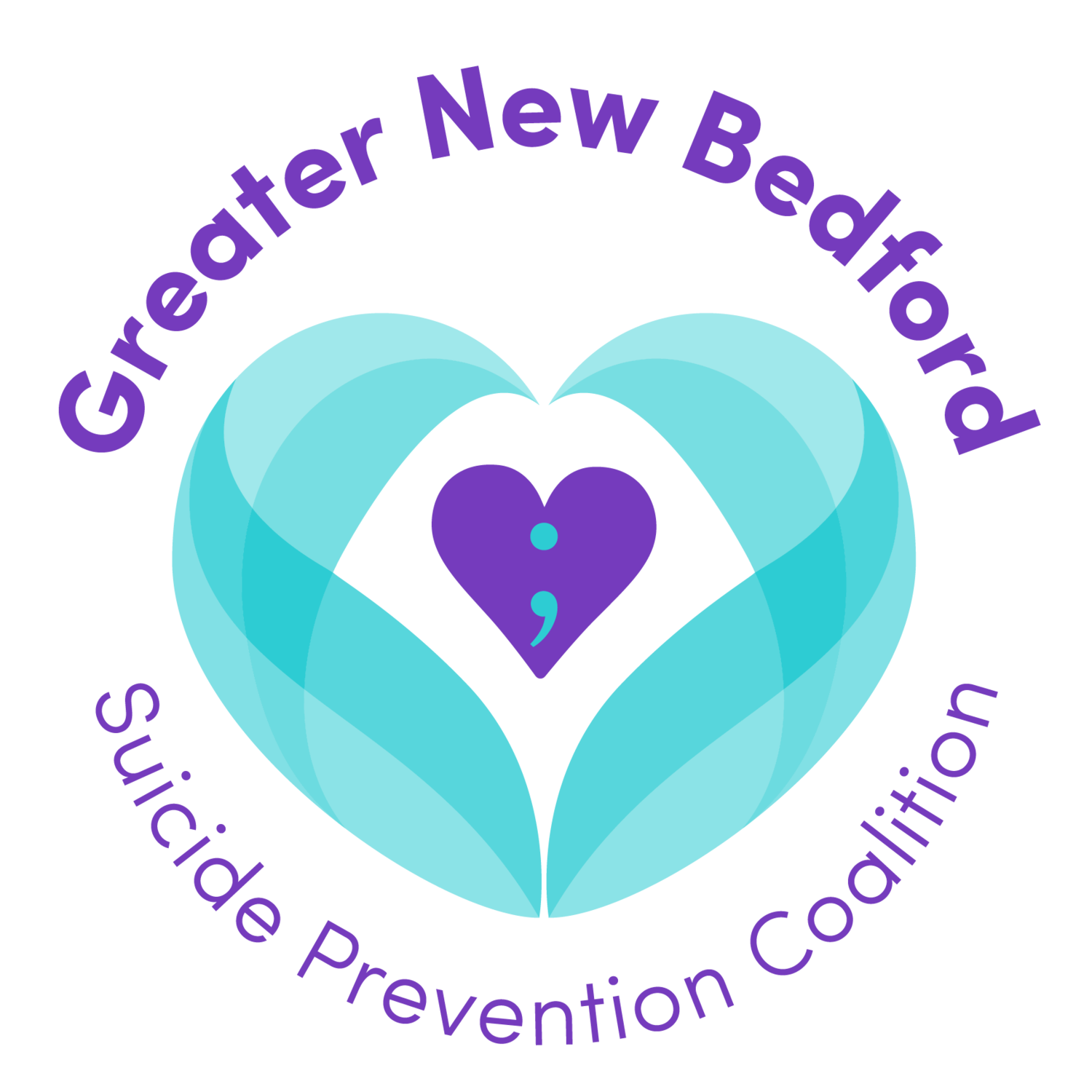Glossary of Terms
Best Practices: activities or programs that are in keeping with the best available evidence regarding what is effective.
Bullying: typically defined as the ongoing physical or emotional victimization of a person by another person or group of people.
Comprehensive Suicide Prevention Plan: plans that use a multi-faceted approach to addressing the problem; for example, including interventions targeting bio-psychosocial, social and environmental factors.
Contagion: a phenomenon whereby susceptible persons are influenced towards suicidal behavior through knowledge of another person’s suicidal acts.
Cyberbullying: an emerging problem in which people use new communication technologies, such as social media and texting, to harass and cause emotional harm to their victims.
Epidemiology: the study of statistics and trends in health and disease across communities.
Evidence-Based: programs that have undergone scientific evaluation and have proven to be effective
Gatekeepers: those individuals in a community who have face-to-face contact with large numbers of community members as part of their usual routine; they may b e trained to identify persons at risk of suicide and refer them to treatment or supporting services as appropriate.
Intervention: a strategy or approach that is tended to prevent an outcome or to alter the course of an existing condition (such as providing lithium for bipolar disorder or strengthening social support in a community).
Mental Health: the capacity of individuals to interact with one another and the environment in ways that promote subjective well-being, optimal development and use of mental abilities (cognitive, affective and relational)
Postvention: a strategy or approach that is implemented after a crisis or traumatic event has occurred.
Protective Factors: factors that make it less likely that individuals will develop a disorder; protective factors may encompass biological, psychological or social factors in the individual, family and environment.
Public Health Approach: the systematic approach using five basic evidence-ased steps, which are applicable to any health problem that threatens substantial portions of a group or population. The five steps include defining the problem, identifying causes, developing and testing interventions, implementing interventions and evaluating interventions.
Resilience: capacities within a person that promote positive outcomes, such as mental health and well-being and provide protection from factors that might otherwise place that person at risk for adverse health outcomes.
Risk Factors: those factors that make it more likely that individuals will develop a disorder; risk factors may encompass biological, psychological or social factors in the individual, family and environment.
Screening: administration of an assessment tool to identify persons in need of more in-depth evaluation or treatment.
Sociocultural Approach: an approach to suicide prevention that attempts to affect the society at large or particular subcultures within it, to reduce the likelihood of suicide (such as adult-youth mentoring programs designed to improve the well-being of youth).
Stigma: an object, idea, or label associated with disgrace or reproach.
Suicide Act (also referred to as suicide attempt): a potentially self-injurious behavior for which there is evidence that the person probably intended to kill himself or herself; a suicidal act may result in death, injuries, or no injuries.
Suicidal ideation: self-reported thoughts of engaging in suicide-related behavior.
Survivors: family members, significant others, or acquaintances who have experience the loss of a loved one due to suicide; sometimes this term is also used to mean suicide attempt survivors.
Suicide Attempt Survivors: individuals who have survived a prior suicide attempt.
